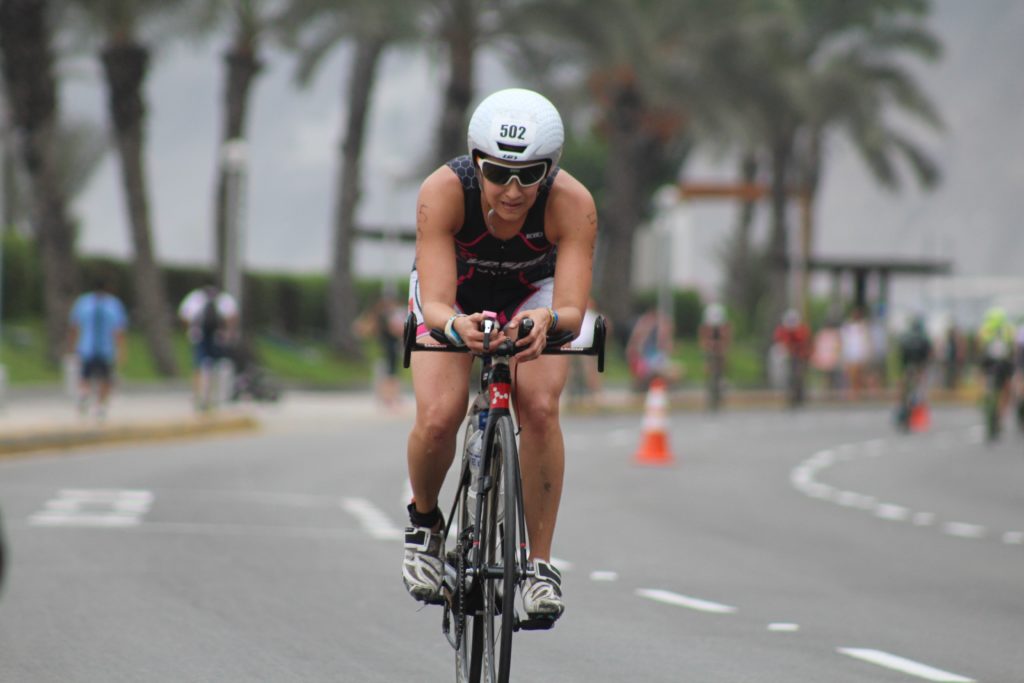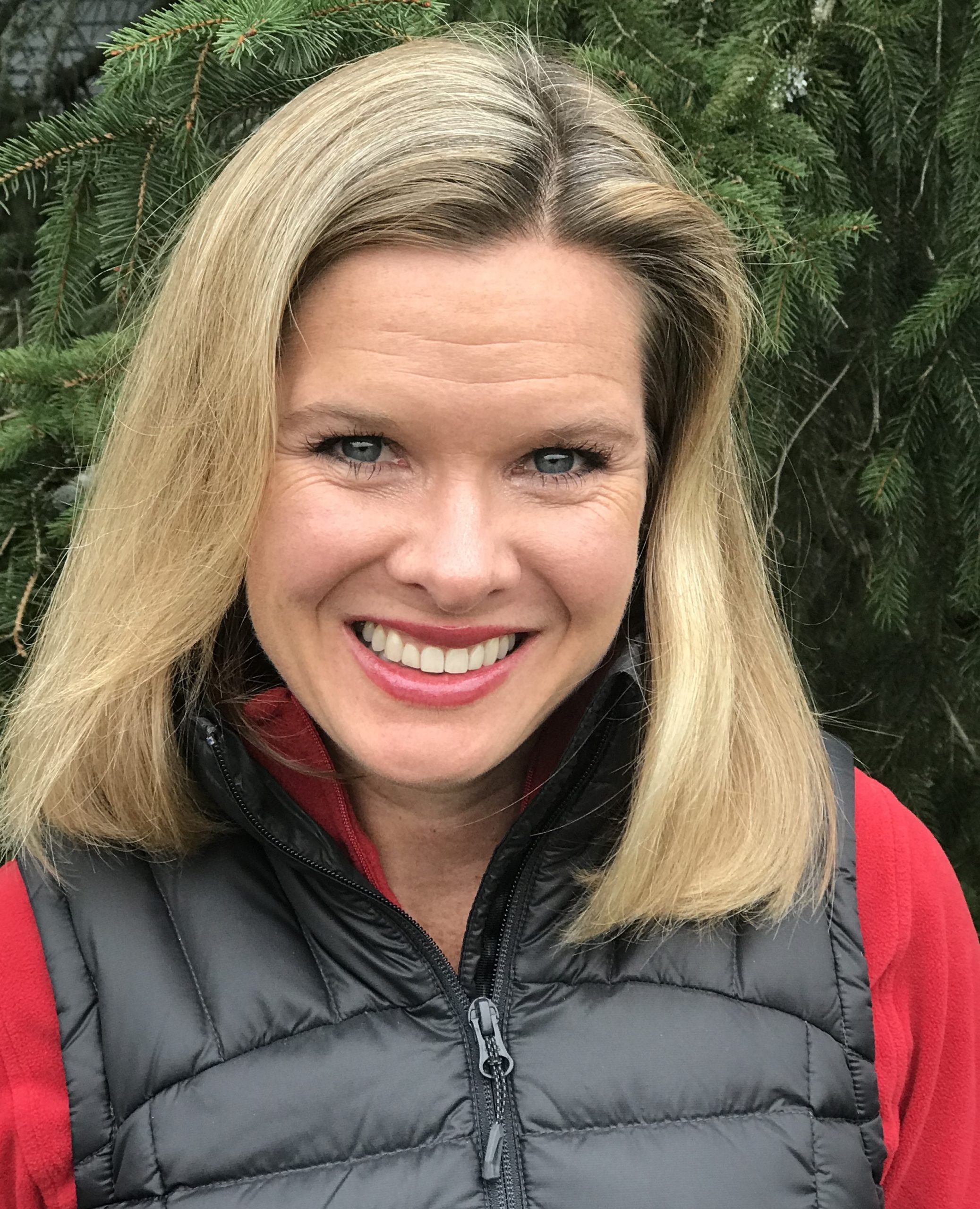Race Season Is Here

Race season is here! After a 2 year “pause” on racing, we are all eager to get back into racing again! Many people have goals of racing a new distance, a new event or setting a personal time record. With so many options year-round and world-wide, it can become overwhelming to plan the perfect race season. Below are some basic guidelines (the 5 P’s) to help you get started.
Meeting with a certified coach can help you work through these guidelines and help you choose appropriate races to support your goals, and train for them safely and effectively.
Race Season Is Here
PRIORITIZE:
Before you select races, it’s important to look at your personal calendar. Look ahead and consider your travel plans, work commitments and family commitments. You want to select races that work around those and don’t add too much additional stress to your life. It can be very helpful to talk to your family and work about your goals so they can support you throughout your training.
PICK:
Now it’s time to pick your “A” race for the season. Your “A” race is the race that is most important to you. This race should excite you and maybe even make you slightly nervous about reaching your goal. Make sure this goal is realistic for you given your current fitness level and the time you have to train for the event. There are many great websites out there to search races by type, distance and location. One place you can find races is right here on Run • Tri • Bike.
PLAN:
After selecting your “A” race, you can design your training plan. How long will it take and how do you structure a program to hit your goals at your “A” race? The amount of time needed for training is based on your current fitness level, your experience and the distance and type of the race.
As you plan your season, you can look at supplemental “B” races that will help boost your fitness and support your training. “B” races also help you practice your race preparation and learn what works for fueling and equipment. It’s important that you take into consideration the intensity of the race and adjust that week of training accordingly. You don’t need a full taper, but it is good to reduce volume and/or intensity during the week leading into the race. Again, coaches can be instrumental in this process!
For additional racing practice, you can select some “C” races. These are races that you choose for fun, but it is still important to make sure they work within your program. “C” races are best at the beginning of a training cycle to boost excitement for training. As you near your “A” race, you should be more focused on race specific training.
You want to be sure that you have a training plan that safely and effectively builds fitness for your race. Training is not “one size fits all.” Each athlete has a unique combination of experience, current fitness, strengths and limiters.
Periodized plans promote long term performance improvements and can reduce risk of injury and overtraining. A general guideline is to increase your volume and/or intensity by no more than 10% from one week to the next. It is also important to have scheduled recovery weeks. Recovery weeks are typically about half the volume and intensity as you have been doing. These weeks allow your body to rest and absorb the stress of your training to build your fitness. As you near your “A” race, you will have your peak (highest in volume and intensity) weeks followed by a taper (reduction in volume and intensity). Again, a taper can be athlete and race specific
PRACTICE:
Now is the time to train! Make sure you make your training a priority in your life. Schedule your workouts just as you would a meeting or appointment. Consistency is key! Your fitness will build from one workout to the next. Make sure you are laying a solid foundation to be able to improve over time.
Based on where you are in your training season and your goals, you will be doing different types of workouts. Typically, athletes start with a base phase where all workouts remain aerobic and the volume gradually increases. Once a good base is established, athletes can move into the build phase. The build phase adds additional intensity to the workouts. Intensity is often in the form of hill repeats, tempo or speed. These intensities vary from one athlete to the next based on current fitness levels.
Practicing your nutrition and hydration before, during and after the workout is equally as important as completing a workout. You need to fuel your body for the work you are doing, train your gut to be able to handle fueling in a race, and help your body recover after the workout. It is helpful to talk to a registered dietician who has experience in athletic endurance events to determine the right type and amounts of fueling you will need.
PLAY:
Every race season needs a recovery period. This is the time to allow yourself a physical and mental break from training. You can (and should!) be active but try some new activities and make sure they are fun and energizing for you. It’s important that these activities are relatively low intensity to allow your body to fully recover from your intense training. Enjoy the break from a schedule and embrace the time to PLAY! You’ll be refreshed and ready to start planning your next race season!
The 5 P’s are a guideline to help you get started as race season is here. Good luck and happy racing!

Courtney Kutler is a USA Triathlon Level 1 Coach and an OutRival Racing and The Run Formula Expert coach.
Contact her at courtney@outrivalracing.com for more information on personal training and coaching.









